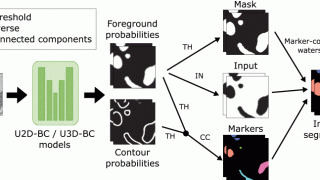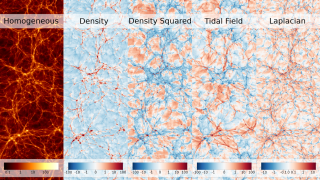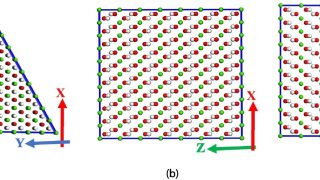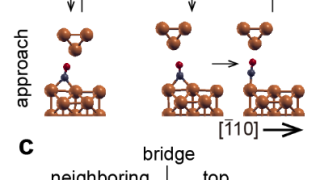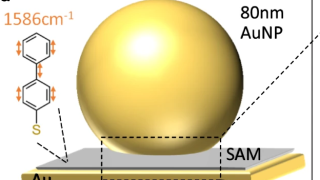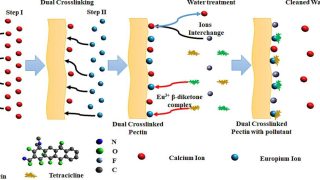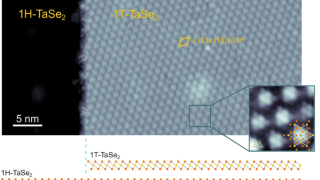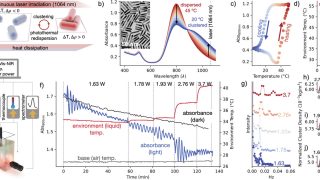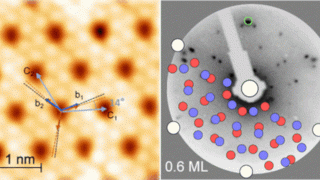
Epitaxial films of a transition metal dihalide grown on gold
Magnetic two-dimensional (2D) semiconductors have attracted a lot of attention because modern preparation techniques are capable of providing single crystal films of these materials with precise control of thickness down to the single-layer limit. It opens up a way to study a rich variety of electronic and magnetic phenomena with promising routes towards potential applications […]

